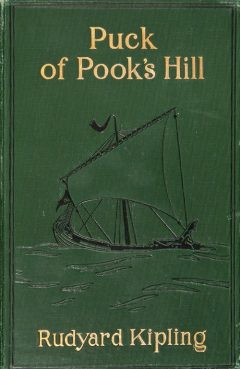Puck of Pook's Hill

Release Date: 2//1906
Country of Release:
Length:
MPAA:
Medium: Literature
Genre:
Release Message: A series of short stories set in different periods of English history, narrated to two children by people magically plucked out of history by the elf Puck.
Description: Puck of Pook's Hill is a fantasy book by Rudyard Kipling, published in 1906, containing a series of short stories set in different periods of English history. It can count both as historical fantasy _ since some of the stories told of the past have clear magical elements, and as contemporary fantasy _ since it depicts a magical being active and practiscng his magic in the England of the early 1900s when the book was written. The stories are all narrated to two children living near Burwash, in the area of Kipling's own house Bateman's, by people magically plucked out of history by the elf Puck, or told by Puck himself. (Puck, who refers to himself as "the oldest Old Thing in England", is better known as a character in William Shakespeare's play A Midsummer Night's Dream.) The genres of particular stories range from authentic historical novella (A Centurion of the Thirtieth, On the Great Wall) to children's fantasy (Dymchurch Flit). Each story is bracketed by a poem which relates in some manner to the theme or subject of the story. Donald Mackenzie, who wrote the introduction for the Oxford World's Classics edition[2] of Puck of Pook's Hill in 1987, has described this book as an example of archaeological imagination that, in fragments, delivers a look at the history of England, climaxing with the signing of Magna Carta. Puck calmly concludes the series of stories: "Weland gave the Sword, The Sword gave the Treasure, and the Treasure gave the Law. It's as natural as an oak growing." The stories originally appeared in the Strand Magazine in 1906 with illustrations by Claude Allen Shepperson, but the first book-form edition was illustrated by H. R. Millar. Puck of Pook's Hill was followed four years later by a second volume, Rewards and Fairies, featuring the same children in the following summer.